Despite its manufacturability and a number of undeniable advantages over optical storage media, USB flash drives are still at risk of failure. When a user is deprived of confidential data, exclusive photos or an electronic key in a single copy, it's time to think about the meaning of the word "catastrophe". However, even with the most unfavorable events, there is always room for hope. In our case, the role of the latter is the resuscitation of a flash drive. For all the downtrodden and those who once scorned the elementary rule of safely removing the device, a pleasant miracle awaits. Really working recovery technologies will become available and understandable to you immediately after you read this life-saving set of information. Get rid of the trembling and get rid of the excitement - your flash drive will work again!
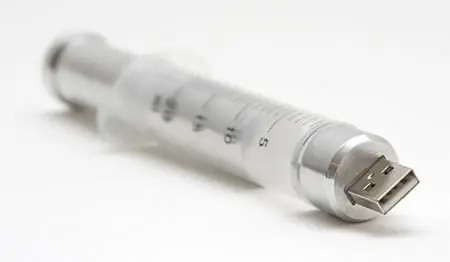
Memory that fails people
In order for the resuscitation of a flash drive to become a successful recovery process, you need to understand what exactly caused the digital sabotage that occurred, and you should also know exactly the model of the memory device(often it is enough to have information about the manufacturer). Perhaps it will help you to relieve yourself of some guilt by the fact that the reliability and safety of data storage promised by the manufacturer on storage devices such as USB Flash drivers are more relative concepts than a proven truth. This can be confirmed by a number of reasons that significantly affect the efficiency and long-term use of the stipulated storages.
Main technology limitations
- The average data storage period varies from 5 to 10 years (meaning "preservation" of information).
- Resuscitation of a flash drive may not be possible if it has been exposed to radioactive radiation or high temperatures.
- The number of write cycles is limited. Usually, the resource of use is exhausted when it reaches the value of 10,000 cycles for MLC devices and 100,000 for SLC devices (principle of operation).
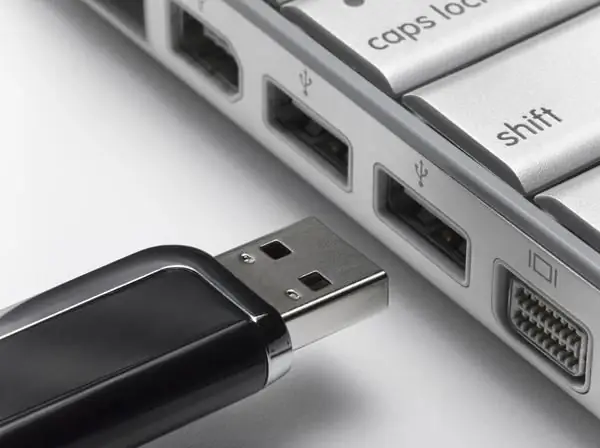
There are a few more specific restrictions. However, in the context of this article, mentioning them will simply be redundant information - we will miss the terminology that is difficult to perceive …
Under what conditions does resuscitation become inevitable?
In the process of using a Flash drive, an often unlucky user makes a fairly common mistake for a beginner - he removes the storage device, so to speak, on the go, forgetting that it must first be disabled using the OS software tool. This ultimately leads to complete or parti althe inoperability of the flash drive, which is expressed as follows:
- The storage device is recognized by the OS as unknown.
- Flash drive file system changed to RAW.
- When opening a flash drive, the folder is empty.
Otherwise, there is a certain tendency to standardize risk factors, since mechanical damage or critical exposure to water will negatively affect absolutely any electronics.
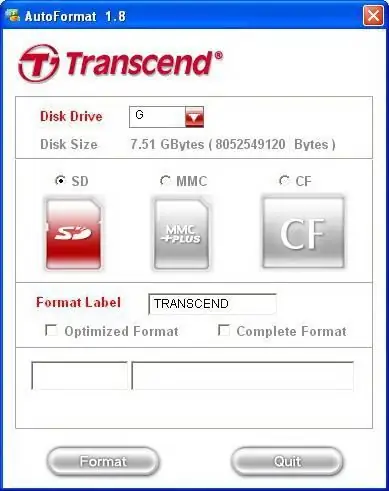
Resuscitation of a USB flash drive, or Ways to restore it
Depending on the above "electronic illness symptoms", there are several algorithms of action. It is worth noting that some recovery methods may either not work at all, or give a positive result only after a certain time. However, if you follow the described recommendations, your chances of success are incredibly high. Believe in luck, and she will certainly smile at you!
Method 1. Resolving the situation
A single copy of archival information is a significant reason to try to extract data hidden in the digital depths. The main rule in such a situation is to do nothing at all with the Flash drive until the recovery process begins (meaning attempts at rash experiments: formatting, writing, etc.).
- You will need a special program. Resuscitation of a flash drive (the process of recovering data on it) will be carried out using R-Studio software. Why this particular program? It is free and, despite its simplicity, it is quite effective.returns lost (even formatted!) information from digital oblivion. Among "free" software, this is the best tool for data recovery.
- After you have downloaded and installed R-Studio, it is recommended to close all active applications before starting the software.
- Select your USB drive on the left side of the main program window.
-
Then activate the "Scan" tab.

- In the next window of the program, in the block where the size of the flash drive is written, specify the initial value "0" in the "Start" checkbox, and in the area below "Size" - the nominal capacity of the flash memory being recovered.
- Make sure Known Files is checked.
- Then feel free to press the "Scan" button.
- After a while, the program for resuscitation of the R-Studio flash drive will finish the recovery process and require some actions from the user.
- In particular, you need to re-select your USB drive in the area on the right and call the context menu using the right mouse button.
- In the list, select "Show content …". A list of reanimated files will appear on the right, among which you will definitely find lost data.
- Right-clicking and selecting "Restore" is the penultimate stage of digital reincarnation.
- The final is the choice of the directory to save.
As a rule, such a program for resuscitation of a flash drive is used once, because after some stress the user becomesprudent and in the future always duplicates valuable information on the computer's hard drive.
Method 2. Software failure
When a flash drive is incorrectly detected by the OS or the operating system refuses to work with the device, a specialized utility for flash drive resuscitation can help. Depending on the type of controller involved in the storage device, an individual firmware is used that works with specific control chip identifiers. Due to the specificity of this method, a step-by-step plan of action is offered to your attention.
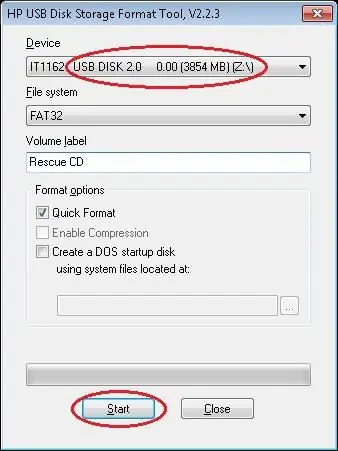
Step 1. Definition of VID and PID controller
- Enter the Start menu.
- Hover over the "Computer" section and long press the right mouse button to open the context menu - select "Device Manager".
- In the list of displayed system components, select the item "Universal serial controllers …".
Note: it makes absolutely no difference when resuscitation of a flash drive, Transcend USB drive, or any other modification of a storage device requires identification of identifiers. Literally for all types of Flash-memory the described scenario will be identical.
- So, the next step is to open the branch of the "Controllers of the universal …" section.
- Among the displayed devices, select "Storage …", which, in general, is the designation of your flash drive.
- With the help of the same manipulation (right button +long press), call the pop-up menu, in which activate the "Properties" item.
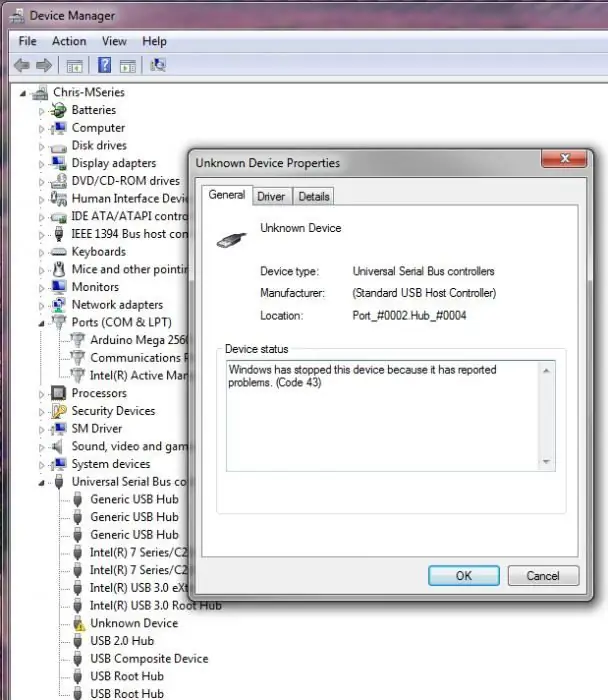
- In the window that opens, go to the "Details" tab, where in the checkbox you need to set the parameter - "Hardware ID".
- As a result, in the area below you will see the information you are interested in in the form of numerical and symbolic values, which is the required component to determine the corresponding utility.
Step 2: Finding the best firmware
Resuscitation of a Kingston flash drive is implemented using the same low-level utility, because there is simply no more efficient and safer option today! The search algorithm for the required software corrector is quite simple: type in the copied Vendor ID (VID) and Product ID (PID) identifiers into the search box and download the found utility. But the most acceptable option is to contact the official website of the manufacturer in the technical support section.
Nevertheless, there are a lot of various Internet resources, the specialization of which is precisely related to this kind of recovery issues. The incredibly popular iFlash service has a truly amazing base of low-level utilities. The best software solutions, most of which are from flash drive manufacturers - and all this is completely free! With just a few minutes of your time, you will certainly get a positive result in the form of the necessary software.
Method 3. Efficient resuscitation
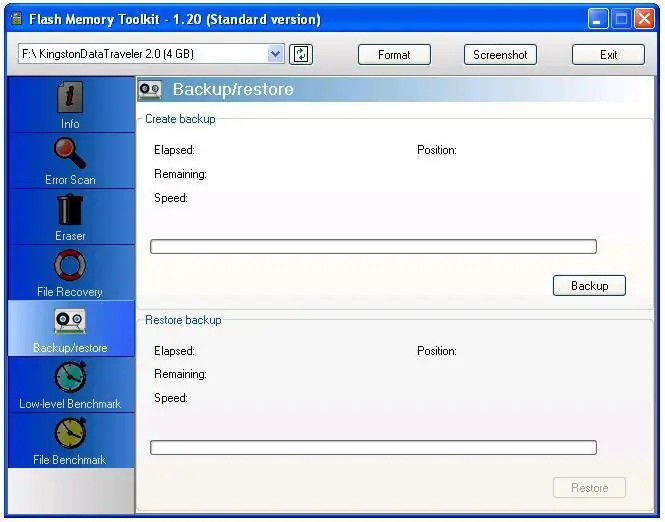
Transcend flash drives, however, like many other types of Flash drives, can be returned to electronic life using the universal Flash Memory Toolkit program or the no less functional HP USB Disk Storage Format Tool. These are the best digital resuscitators today. However, let's make a reservation: such software solutions are aimed at the total recovery of storage devices of a known type, that is, directly through the inevitable formatting process. So if all your attempts to get the lost data out of the digital abyss were in vain, and the price of information is not so significant as to contact a specialized center, then it is likely that the performance of the flash drive itself will be a consolation prize for you.
Conclusion
As you can imagine, the incredibly multi-faceted flash drive recovery process was presented in a fairly capacious version. At the same time, the question of which utility is better can be unequivocally answered with a short phrase: “The one that works!” However, relying on the material of the article, you will definitely achieve the desired result. Good luck and absolute reliability in data storage!






